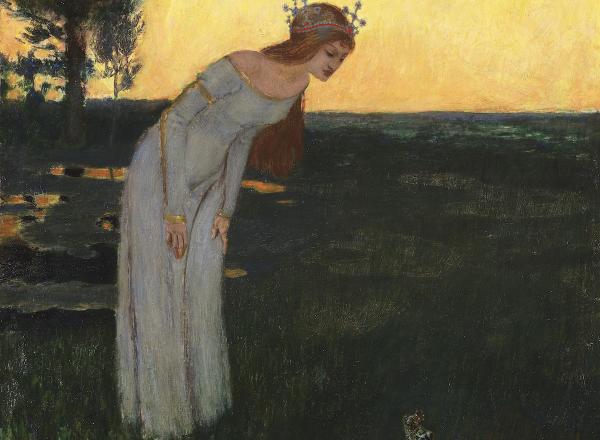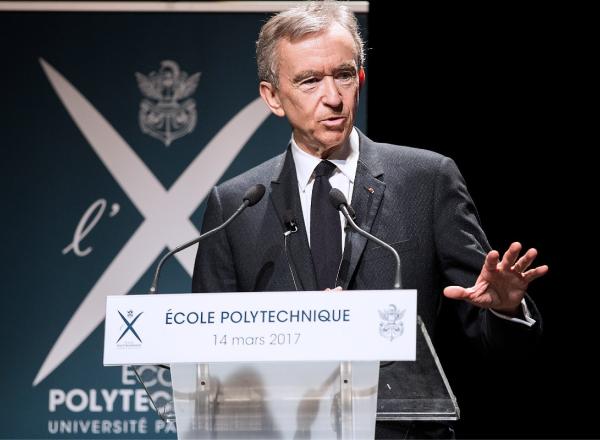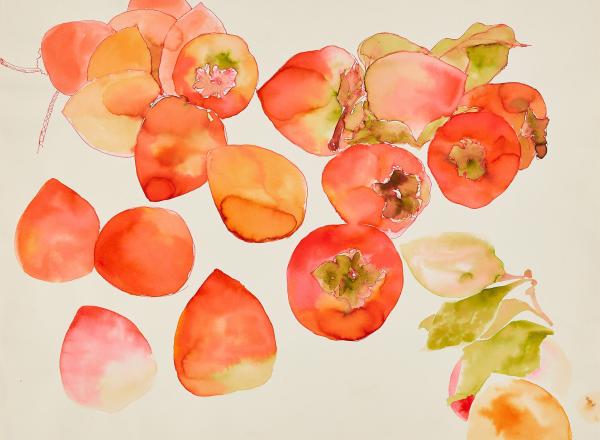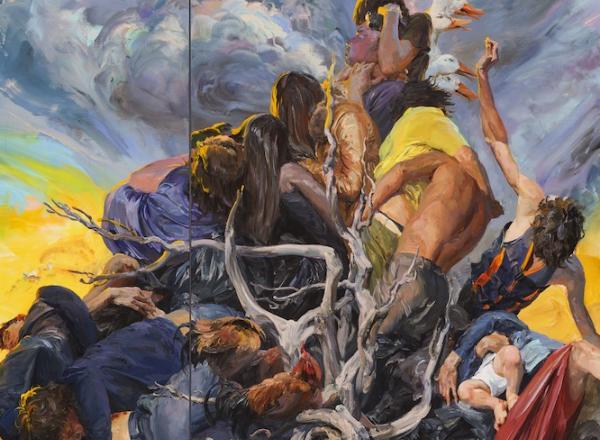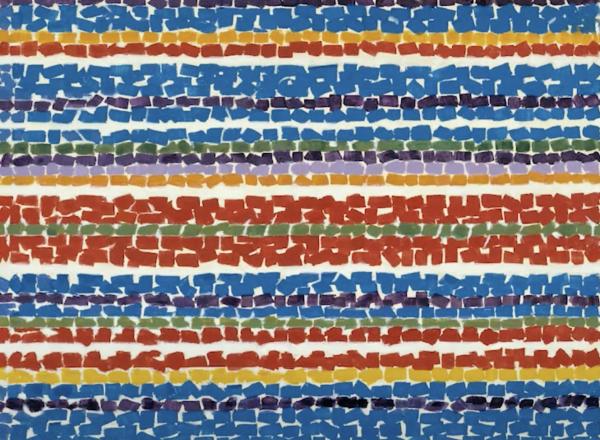At the Deutsches Museum in Munich, an employee stole paintings from the permanent collection, swapped them for forgeries, and sold the original works at auction.
Art News
Billionaire Bernard Arnault, who is the second richest person in the world, is reportedly under investigation for transactions with a Russian businessman in France.
In celebration of the 20th anniversary of the partnership between artist Daniel Arsham and Emmanuel Perrotin, the gallery has staged shows across its spaces in New York and Paris of the artist’s work.
Danish artist Jens Haaning has been ordered to repay the Kunsten Museum of Modern Art in Aalborg, Denmark $71,000 for delivering framed empty canvases in breach of a contract to update earlier commissioned works.
A golf course in Ohio is now part of a UNESCO World Heritage site, because the Hopewell Ceremonial Earthworks, a series of eight monumental earthen constructions created between 2,000 and 1,600 years ago, is situated on the property.
Among the many great exhibitions opening across the country this fall, here are ten the editors of Art & Object are particularly eager to see.
Timed with the premiere of 'Lee,' a movie all about the life and career of war photographer Lee Miller, at the Toronto Film Festival, photographer Annie Leibovitz recreated the famous photo of Miller in Hitler's bathtub, featuring Kate Winslet (the star of the film).
The premier contemporary art museum connects students and local communities with internationally celebrated artists through dynamic exhibitions and events.
At its peak, the Roman empire controlled over 5 million square kilometers stretching from the British Isles down to Northern Africa, and across the Mediterranean to the Persian Gulf, territories that today house some of the world’s major cities. Here are five cities beyond Italy where you can see extraordinary ancient Roman ruins.
Composing Color: Paintings by Alma Thomas" explores the life of this groundbreaking artist and educator. On view at the Smithsonian American Art Museum from September 15, 2023 – June 2, 2024, the exhibition highlights her distinct abstract style, which creates a dazzling interplay of pattern and vibrant color.




